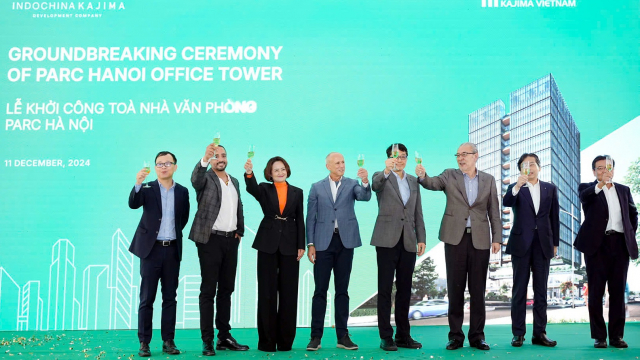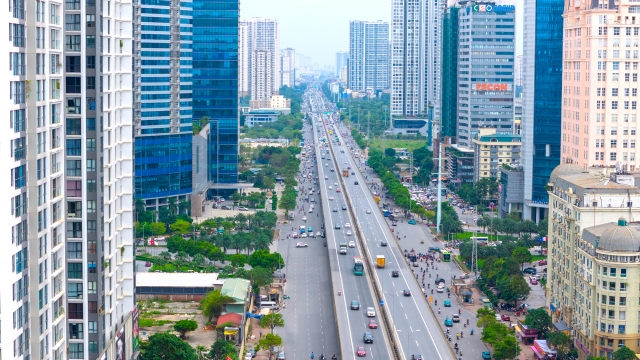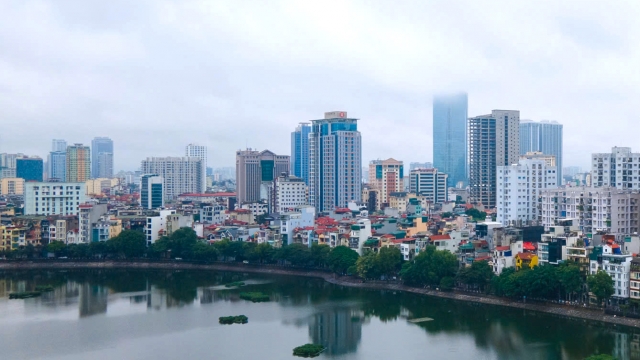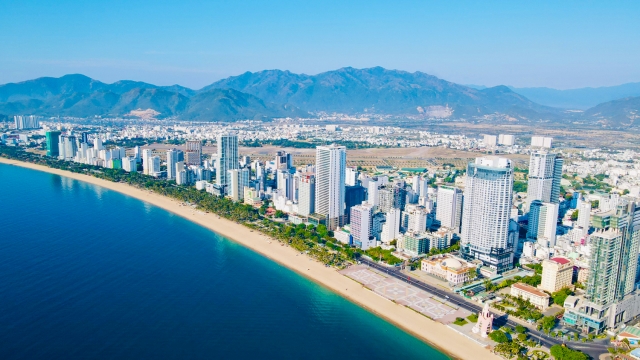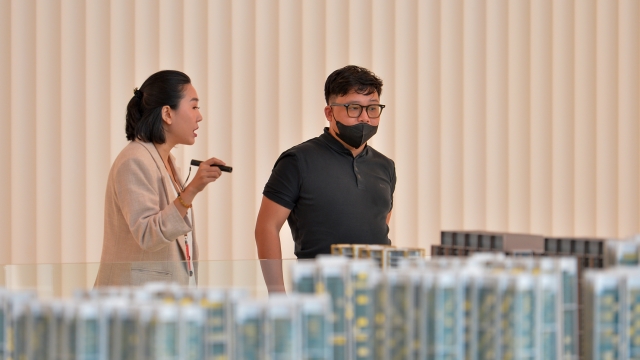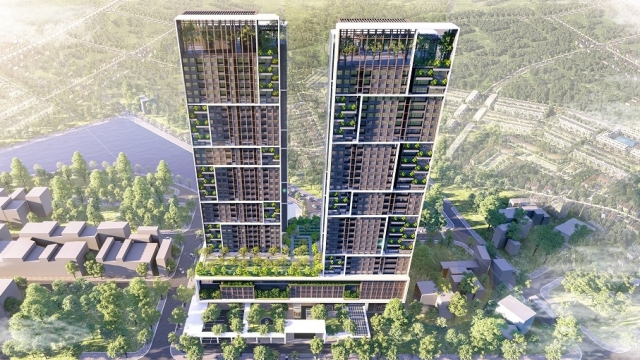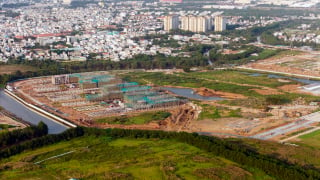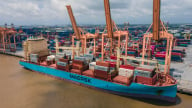Property
Industrial real estate stands tall amid Covid-19
Though it has been a difficult year so far, effective Covid-19 containment and the recently ratified EU Vietnam Free Trade Agreement (EVFTA) has bolstered global industrial investor confidence in Vietnam. The property segment most resilient to Covid-19 has further significant growth potential.
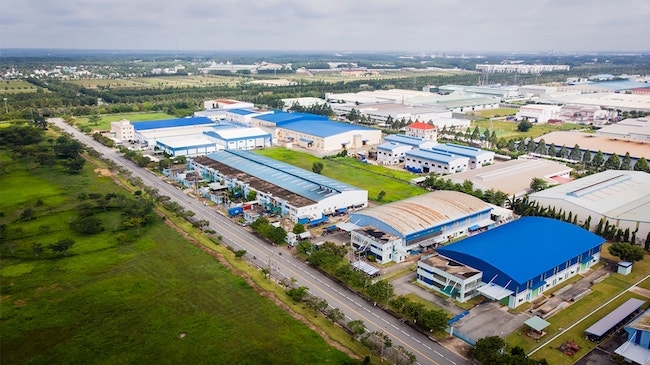
Supply urgency
In June 2020, Vietnam had 336 industrial parks over approximately 97,800 ha. Of which, 261 industrial parks are operational while 75 are under construction. Nationwide, operating industrial parks have a steady average 76 per cent occupancy.
Demand continuing to outpace supply underscores the need for further development in key industrial provinces. Occupancy rates have grown significantly since 2018 in key areas Binh Duong, Dong Nai, Long An in the south; and Bac Ninh, Hung Yen, and Hai Phong in the northern provinces.
Matthew Powell, director of Savills Hanoi said that supply being the one limiting factor has developers needing to quickly catch up, especially with new developments needing to be close to main routes, ports, and airports.
"Though this process can be slow, we all need to better manage demand, especially under the Covid-19 situation. Of course, there is much to be done, but all credit to the government and the property sector in doing such a fantastic job attracting these industries”, he said.
.jpg)
With the expected manufacturing influx out of China in 2021 and 2022, new projects are increasingly vital to accommodate high value manufacturing investments.
Dong Nai has eight additional industrial zones in planning. Long Thanh district People's Committee chairman Vo Tan Duc recently announced plans to build four extra industrial zones in the district. Phuoc Binh commune will have two more industrial zones covering up to 900 ha, with total leasable areas around 500 ha. Tan Hiep and Binh An communes will each develop another industrial park. Furthermore, ‘rental’ developers such as BW Industrial Development JSC keep expanding, from an initial 130 ha in 2018 to almost 500 ha this year.
Pandemic opportunities
Troy Griffiths, deputy managing director of Savills Vietnam said that Vietnam was the first country to eliminate SARS and continues to lead by example in pandemic containment. As sensitivities wane, a China + 1 model may be increasingly pursued by manufacturers, which would result in greater demand for Vietnam industrial space, as corporations seek to mitigate risk and diversify locations. Industrial continues to be the ‘poster child’, with mounting enquiries and heightened capital market activity.
The key factors contributing to post-pandemic opportunities are extensive. An effective and rapid pandemic response, robust middle-class growth, an increasingly stable business environment, labour force, infrastructure spend, corporate income tax incentives, and growing FTA’s. The current situation is already expected to accelerate multinational manufacturer relocations out of China. Recent announcements from major blue-chips Apple, Pegatron, and Foxconn will see higher proportions of production shifting to Vietnam.
Added to this is the recent Japanese government $2.2 billion stimulus package, with the core aim of underwriting Japanese manufacturing relocations out of China.
So far 15 companies including Meiko Electronics, Nikkiso, Fujikin, and Yamauchi have registered to move production to Vietnam. The Japan External Trade Organization (Jetro) confirms six of the 15 are large companies, with the remainder small and medium-sized enterprises. Most produce medical equipment, while the others manufacture semiconductors, phone components, air conditioners, and power modules.

Industry 4.0: Smarter Manufacturing
The EVFTA will provide further impetus for Vietnam Industrial’s transition from low-skilled, labour-intensive to higher-value industries. By enabling the latest production technologies and ramping up workforce training, the Vietnamese government is easing concerns of viability, labour shortages, and rising costs. Moving to a more transparent business environment will help mitigate investor concerns and improve quality.
However, the profiles of countries looking at Viet Nam are evolving, resulting in higher skilled labour demand, and increased vocational aptitude. Investing in education and training is essential for Viet Nam to properly accommodate higher-value projects.
John Campbell, Savills Vietnam's industrial service manager, commented: “Industry 4.0 is under global attention and Viet Nam is focused on the opportunity. A national strategy, robust legal 4.0 framework, with policies favouring business and industrial communities is vital”.

According to the Central Institute for Economic Management (CIEM), a 4.0 manufacturing strategy supported by mid-level technology can expect 16 per cent growth by 2030. CIEM research also indicated Vietnam Manufacturing, supported by leading technologies has up to $14 billion growth potential.
Lenovo and Schneider Electric recently announced a strategic partnership to make smart green solutions for the Chinese manufacturing sector, and both already have a strong presence in Viet Nam. As the national economic and Industry 4.0 strategies both develop, these leading companies will increase their presence to meet growing demand.
The rapid growth in Vietnam Industrial has been powered by a tenfold increase in FDI over the last ten years. However, the country must be increasingly project-selective to successfully move up the value chain, while improving competitiveness to ensure sustainable growth.
Campbell said that this will require continued investment in infrastructure and intermodal transport links; higher education standards; a national skills development plan to increase skilled labour supply; increased focus on attracting priority hi-tech and Smart Manufacturing, while refining FDI incentives and policies. Vietnam, already adapting to these needs, has a clear opportunity to harness the extensive potential of Industry 4.0.
Vietnam’s industrial real estate draws investors amid global uncertainty
Indochina Kajima breaks ground on Grade A office building in Hanoi’s emerging hub
Parc Hanoi marks Indochina Kajima's first office-for-lease project in its $1 billion investment plan in Vietnam.
Hanoi's property boom: Will the housing price surge ever stop?
While the average price of apartments in Hanoi has reached new heights, with supply primarily concentrated in the premium and luxury segments, there are still no signs of a price slowdown.
Luxury apartment prices soar in Hanoi amid supply shortage
The supply of luxury apartments in central Hanoi is becoming increasingly scarce, pushing starting prices to new highs.
Revitalizing Vietnam’s hospitality sector: A shift in branding
Vietnam's hospitality industry is undergoing a major transformation with a brand repositioning strategy that emphasizes unique, sustainable, and community-focused experiences.
Hanoi’s apartment market surges as prices hit new heights
High demand and limited supply drive transactions in major urban areas despite soaring costs.
Real estate sector anticipates new investment wave
Despite the real estate market's lackluster performance, several companies are accelerating land acquisition efforts.


















